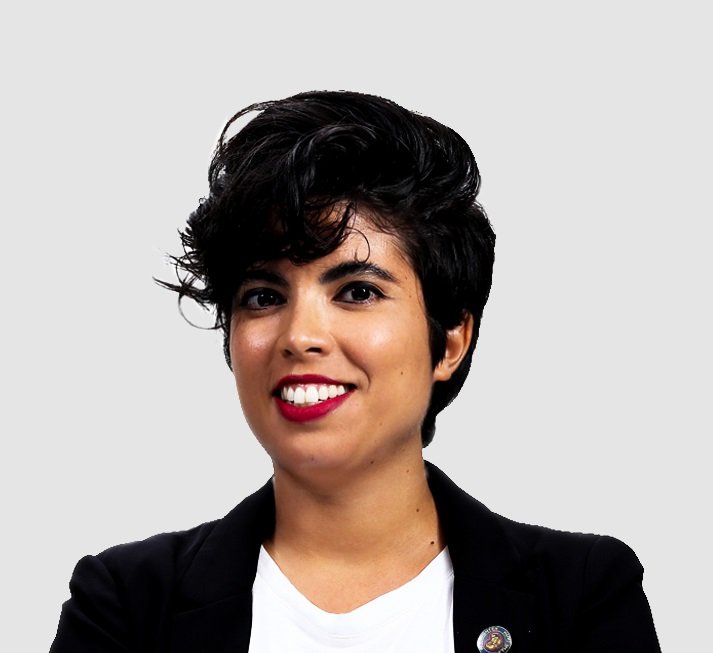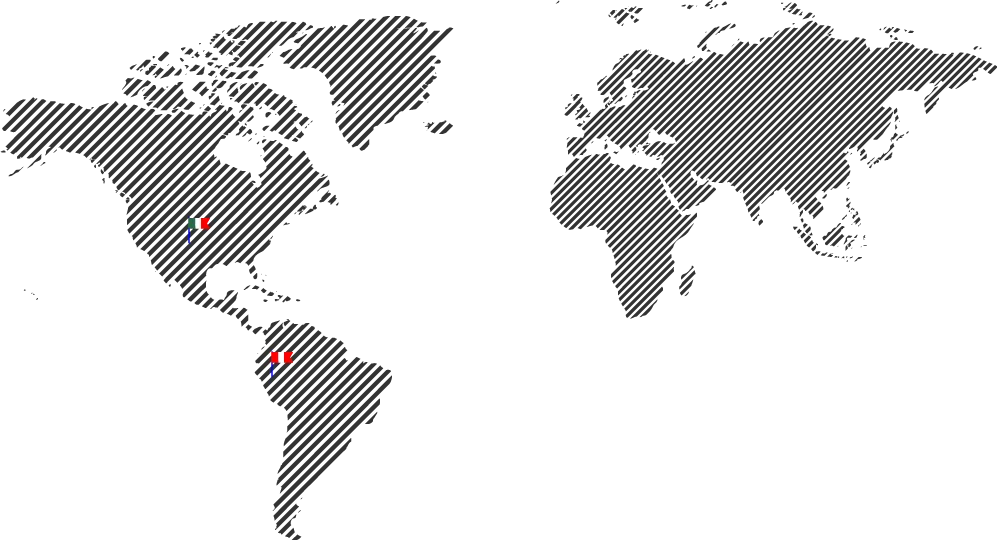Are you telling me that a 2010 Kellogg’s animation spot with a Russian jingle that says “miel pops” was turned in May 2019 into an a cappella soul cover by a girl at her kitchen table, then someone added a CGI alpaca to it dancing with the subtitles “mi pan” (my bread in Spanish), and ended with the employees of a popular bakery doing a tour of the factory while hugging bags of bread in August, and that is now official content of the brand?
Of course. Six million tiktokers who uploaded videos showing their love of bread can be explained by the logic of viral content and meme culture, and on TikTok as the hot social network of the pandemic, which forced Instagram to implement the Reels function. But, beyond the obvious, there is a great little cultural revolution.
B.C. (Before COVID-19), our way of consumption created the trend to show what money could buy and the environment in which it could be spent. The sneakers, the club, the beach, the car, the gym, the airports, the meetings on a roof top. Authentic or fake, own, rented or loaned, it does not matter, what matters is the display of the good. The indicator of achievement, or the most hackneyed aspirationality. Objectified cultural capital that has a trap: one has to “learn to use it”, incorporate it into practice until it gives the illusion of being natural because, if not, it shows.
A.C. (after day / week / month 0 of COVID-19) we were left without a stage for that display, and the first global quarantine in the history of humanity faced us in the mirror. What we have learnt to be and to do is our only capital in the world of representation (the input of social media), leaving out the consumer good as an object. We earn more points in social validation if we mix references and, basically, if we make fun of ourselves. An aspirational model based on belonging, or even one based on ability, gives rise to another model based on attitude in terms of awareness. Awareness of a global crisis that challenges us, of the knowledge of more than one code, of the integration of patterns in the message, and of knowing how to laugh at oneself.
The Chiclayan teenage tiktoker Josi, whose only assistant (and co-star of his videos) is his mother, has 14.4 million followers, almost doubling the number of fans of millionaire Italian businessman, Gianluca Vacchi, with an audio-visual crew dedicated to his social media channels, because the produced and glamorous stage of the B.C. influencer today is no more interesting than the viscerally real, particularly that one which the brands exoticized or made invisible. That one of the gay kid making fun of his plastic “Guchi Luwitón” bag, or an attractive mother and young wife telling how she takes care of her prosthetic eye. Life as a young agricultor in the Andes or sexual dissidence in the Amazon. Life with classes using Zoom, whether they are from university or language institutes. Behind the scenes in the recording of a quinceañera party, or a normal delivery day in the barrio.
The new cool thing in the New Normal is to forget what you own, know who you are, and use it to your advantage. It seems like a joke, but it is an anecdote. Like the jingle from a Russian cereal commercial turning into a Peruvian whole wheat bread digital content, ten years later.





